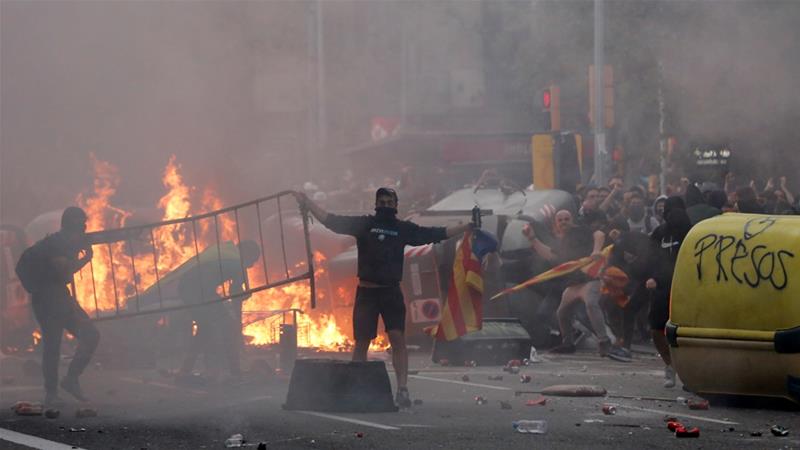Top 9 of 2019: Influential Protests
January 10, 2020
1. Hong Kong Protests:
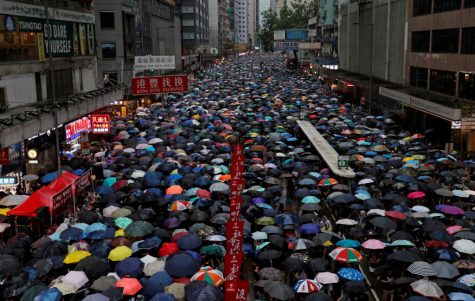
Image courtesy of Al Jazeera
The Hong Kong Protests have been by far the most influential protests of 2019 or at least the most covered by news outlets. The protests started with peaceful marches after the government passed an extradition bill. Eventually, it escalated with police using tear gas and shooting protestors and Hong Kong students also storming legislative offices, and burning one man. As the protests escalated, so did protestor demands including Universal Suffrage. It is estimated that at least 2 million people have shown up to protest.
2. Bolivian Protests:
The Bolivian protests are one of the largest protests of 2019, all due to one polarizing figure in the country, Evo Morales. The protests began in October of 2019 after a Morales won re-election. Many in opposition to him launched protests, which eventually turned violent with the burning of buildings.
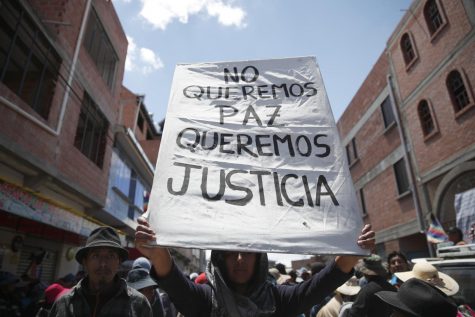
Eventually, after an independent investigation into the elections, he agreed to host a new election, which appeased most protestors. However, these promises were cut-short after the police and military (in what some call a coup), ousted morales and replaced him with right-wing leader Jeanine Añes. This, in turn, lead to a series of pro-morales protests in Bolivia, as many see the take-over as anti-democracy. The Añes government has begun to use force against the protestors, with multiple deaths and extrajudicial arrests.
3. Greta Thunberg’s Protests against Climate Chan
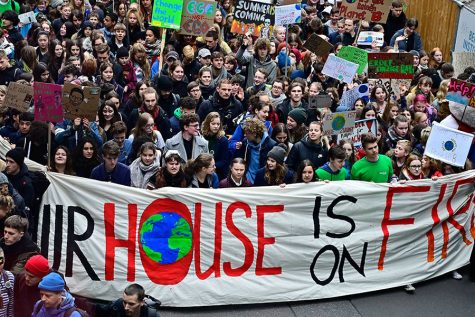
TOPSHOT – Swedish climate activist Greta Thunberg (Bottom C) and German climate activist Luisa Marie Neubauer (Center R) attend the “Fridays for Future” demonstration for a better climate policy in Berlin on March 29, 2019. – Since December last year, teenagers across Germany inspired by the 16-year-old Thunberg’s climate fight have been marching weekly instead of sitting in classes. (Photo by Tobias SCHWARZ / AFP) (Photo credit should read TOBIAS SCHWARZ/AFP/Getty Images)
ge:
Greta Thunberg is the leading figure in the fight against Climate Change, at the age of 17. She began her protests in 2018 by sitting outside the Swedish Parliament every Friday, and eventually, she lead the
largest climate strike in global history in September of this year. She has addressed global leaders at the United Nations, US Congress and UK Parliament and is Time Person of the Year. Her climate strikes have seen turnouts of over 1 million students, many of which who had skipped school.
4. Chilean Protests against Economic Inequality:
Chile, which was previously one of the most stable Latin American nations has also become rife with social unrest. There have been 2 billion dollars in property damage, and 26 people in total have died. The protests started due to an increase of subway
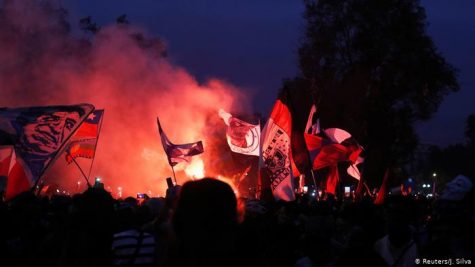
fares but eventually grew to be something larger about widespread economic inequality that Chileans face. Many police stations have been burned by protestors, and the government has declared a state of emergency. “The issue is distrust of the political class, of the church, even of union and labor leaders.
There has to be a change in the model for more wealth redistribution or the grotesque inequality and the discontent will continue. If we want to avoid other unrest movements in one, two or even five years, we have to see a redistribution of power,” a leading professor of Political Science at a Chilean University said.
5. Indian Protests against the BJP:
The BJP is India’s ruling party, and in late 2019 million have begun protests against the government for “anti-people” and “anti-worker” policies, of the right-win
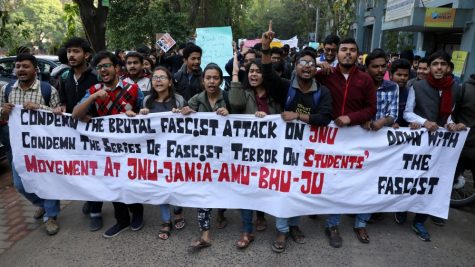
g prime minister. 250 million people have gone on a labor strike in India, have blocked roads, due to vast economic slow-down in the country.
Additionally, a citizenship law in India, that would allow for the discrimination against Muslim minorities has led to student protests. Masked people reportedly entered universities and beat protestors, there have been 25 confirmed deaths as of this week.
6. Lebanon Protests against Corruption:
The Lebanon Protests began due to a tax-bill, but eventually lead to the resignation of the now-former prime minister, Saad Hariri. Protestors demanded an
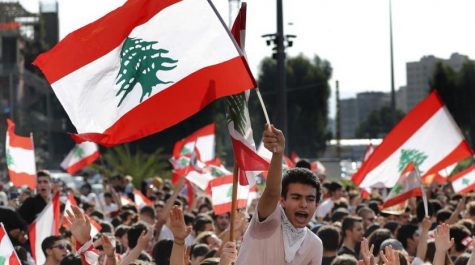
end to corruption and sectarian political system. Authorities continue to use torture and commit other human rights violations in response to the protest. “I saw him aiming at me while I threw stones and said don’t shoot! I’ll stop throwing the stones… but he
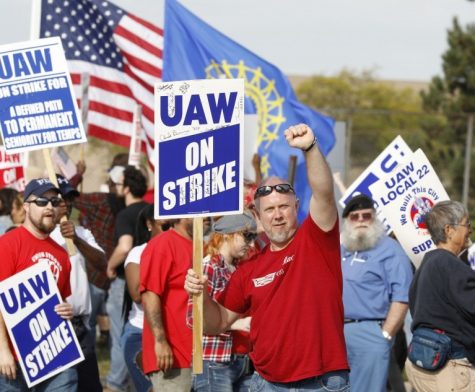
shot me four times in the stomach,” protestor Mohammed al-Abdallah said. The protests continue into 2020, with clashes between police being routine.
7. Labor Strikes in the USA:
In 2019, the number of workers who struck reached an all-time high since the 1980s with almost 500,000 workers striking. At General Motors, the longest strike in company history occurred, costing the company 2 billion dollars. UAW union members also participated in a strike that spanned three states, over wages and contracts. Chicago Public School Teachers have also gone on strike, which effectively
canceled classes for 361,000 students. Overall the labor movement in America has grown in 2019, with strikes becoming a more routine form of protest, and union power increasing.
8. US Rallies in Support of Impeachment:
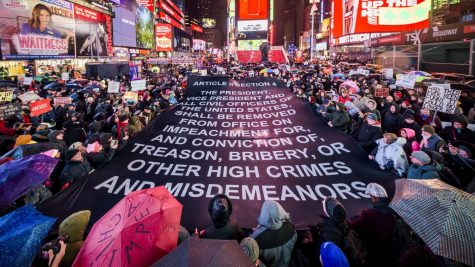
Over 200,000 people turned up to protests in support of Impeachment the day before the resolution was about to vote on in the house. The house resolution did succeed the following day, but it is unknown what will happen in the Senate which is home to a Republican majority. Many protestors were
attempting to bring attention in an attempt to convince Republicans to support impeachment in the senate (this will need for the process to be successful).
9. Moscow Protests:
In the summer of 2019, various rallies were organized in Moscow and other Russian cities after the government removed opposition candidates from political ballots. 50,000 people gathered on one day of
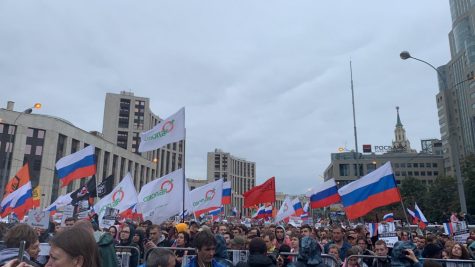
the protests. Unlike previous protests, however, the government avoided arresting people en masse (they still did arrest protestors, but small numbers and not in public), and the protests were sanctioned by the Russian Government. In the following election, the ruling party still maintained a majority but lost over ⅓ of its seats in Moscow’s parliament.

